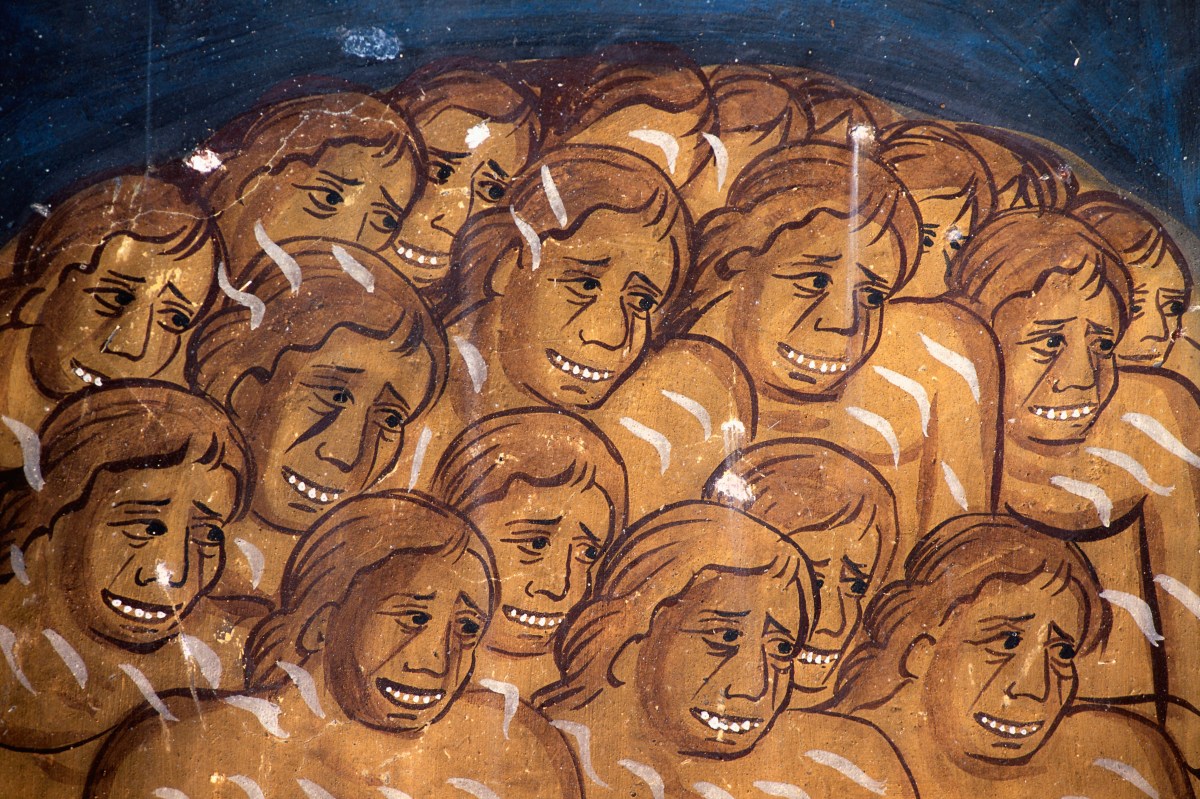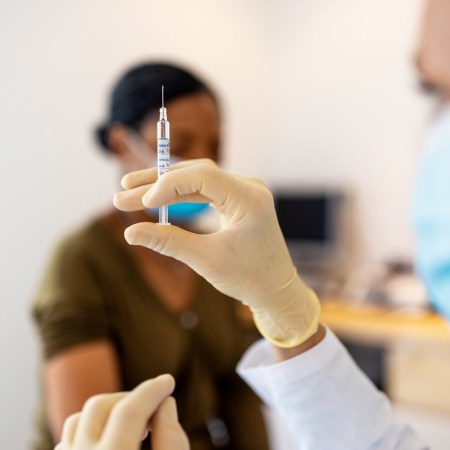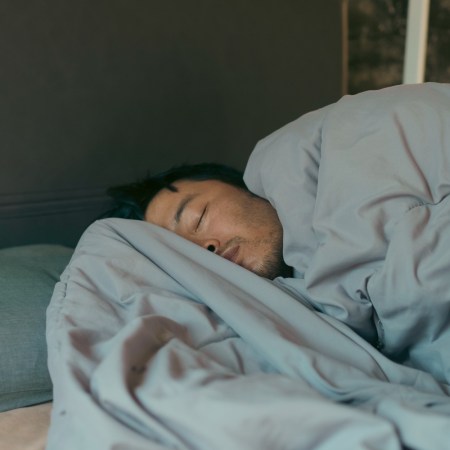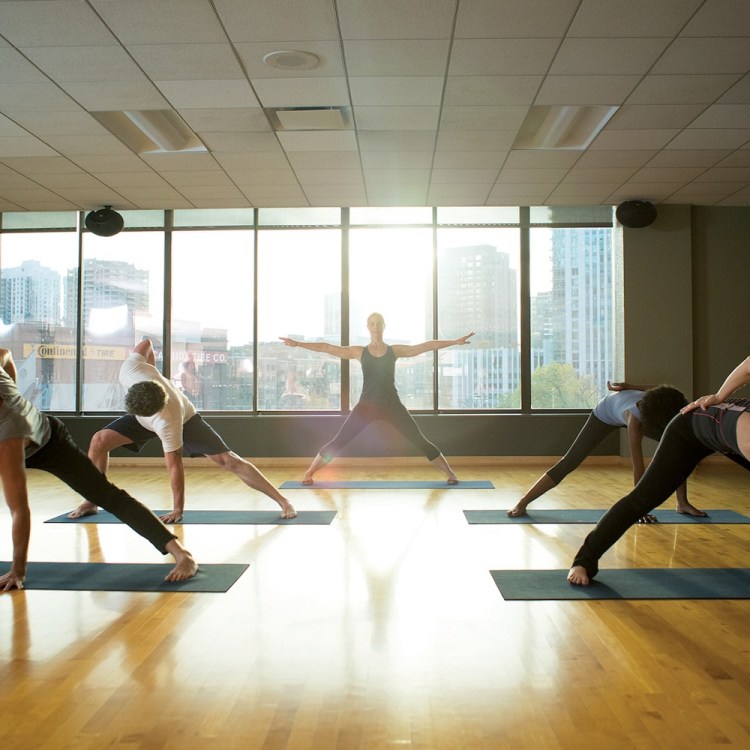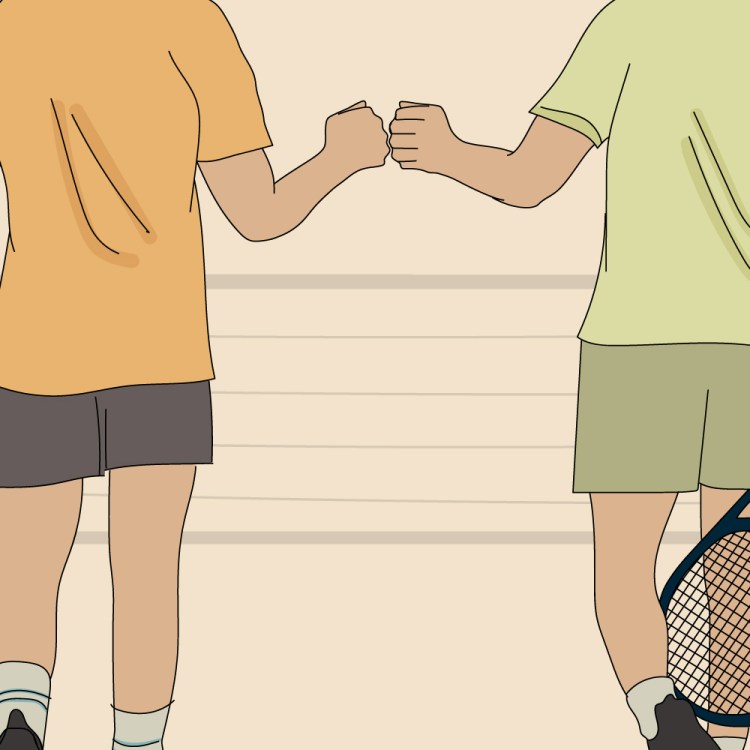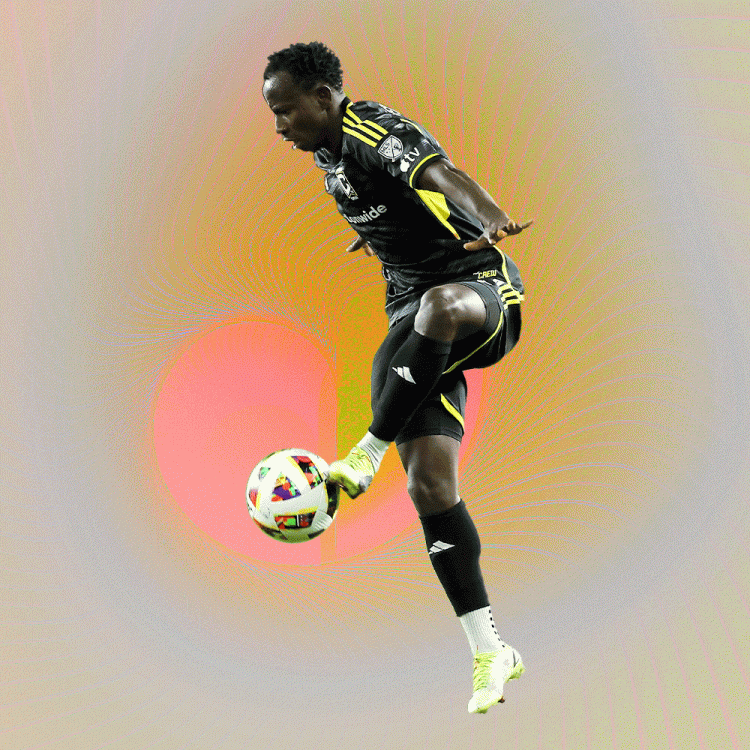Botox is now as American as apple pie.
In the last 20 years, the annual number of non-invasive injections has increased by an absurd 459%. Most adults are sticking needles in their faces for conventional, cosmetic reasons — smooth out the forehead, plump the under-eyes, banish that “triangle of sadness” forever — but others are sourcing the miracle drug for a variety of physiological band-aids, from tamping down an active bladder, to suppressing excessive underarm sweating, to easing the blow of chronic migraines.
Since securing its federal approval 35 years ago, Allergan (the parent company of Botox) has amassed around 800 patents for potential uses of the drug. The drug’s latest side quest? Defeat bruxism, more commonly known as teeth grinding.
According to a recent article by The Atlantic, Botox has become an increasingly popular “off-menu” option for dealing with the pesky condition, which has been around since the dawn of time — quite literally: our hominid ancestors had a habit of gnashing their teeth — but received mainstream media attention during the pandemic, when there was an epidemic of patients showing up to dentistries with cracked teeth.
Experts at the time attributed the surge to the constant stress of 2020; people weren’t sleeping well (the search term “why am I having weird dreams” quadrupled that April), and for many, the unceasing tension manifested in rampant jaw clenching.
The masseter muscles are really strong, capable of exerting up to 250 pounds of force on the teeth. While most grow aware enough of the problem, and the micro-aches it causes — throughout the teeth, in the jaw and in the head, if you’re unlucky — to relax the area during a workday, it’s difficult to retain control when you head to bed. There is no obvious solution; the condition is a bizarre collision of “dentistry, sleep health, and psychology,” as The Atlantic points out. Treatment usually boils down to a mouth guard. Or, unhelpfully — meditation.
No wonder someone eventually decided to inject Botox into the chewing muscles. It relaxes them for up to three months at a time, which doesn’t mean you’ll quit your gritting, necessarily, but only that their power will be depleted, and less likely to cause serious aches and pains. (This also means that tearing into, say, the crust of a seasonal sourdough will be a little more difficult than usual.)
Insurance doesn’t cover Botox in general, so don’t count on it helping with a procedure off the beaten path…though cosmetic clinics in New York and Los Angeles insist that nearly a quarter of their calendar is filled with Botox for bruxism. The treatment starts at $1,000.
But if you’re hyper-stressed, waking up with lock-jaw, and the one month you tried a mouth guard you chewed it up like a dog toy, the treatment might be worth every cent. Whatever your stance, at some point, you’ll likely find your way to a Botox appointment anyway, the new national pastime.
Whether you’re looking to get into shape, or just get out of a funk, The Charge has got you covered. Sign up for our new wellness newsletter today.
